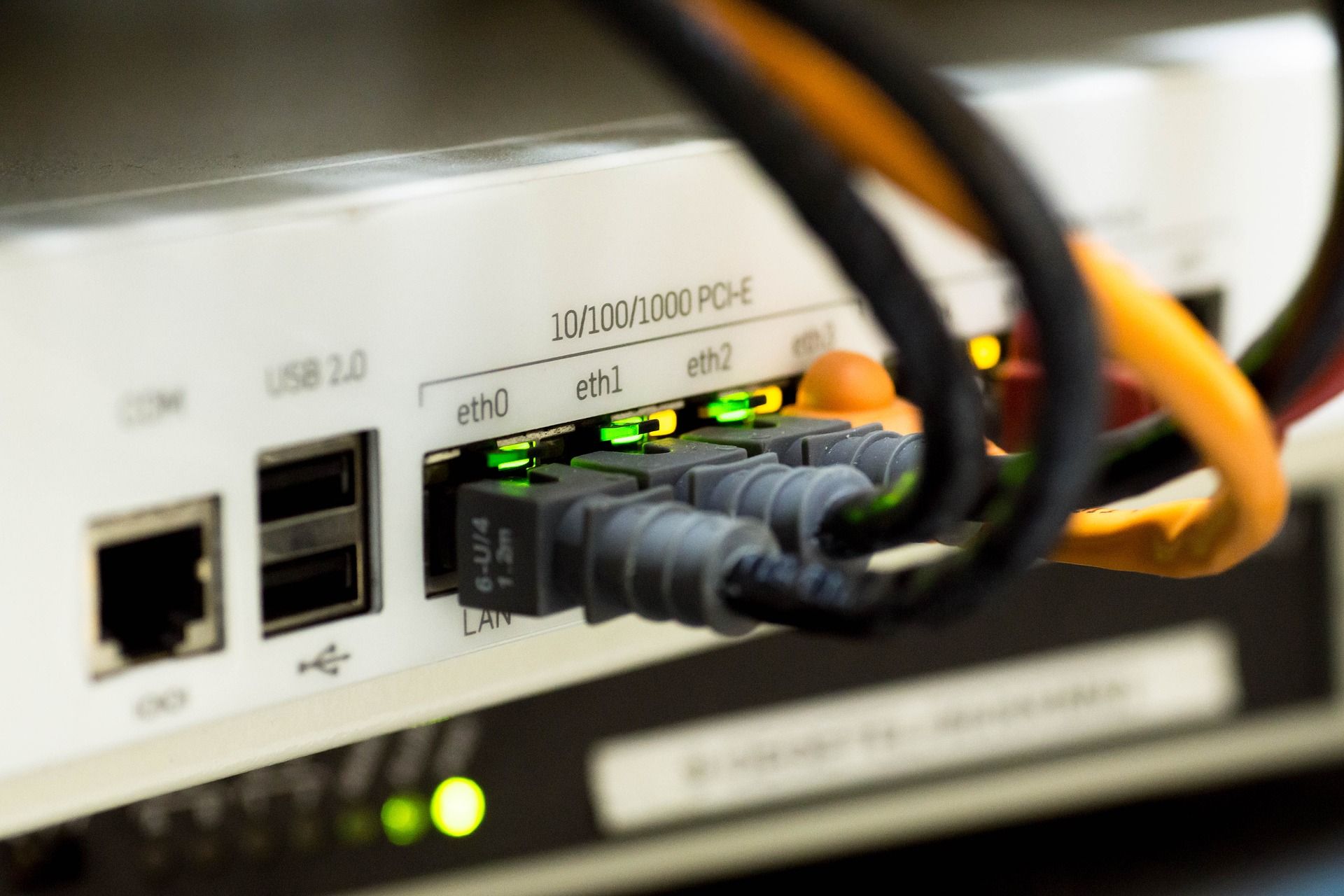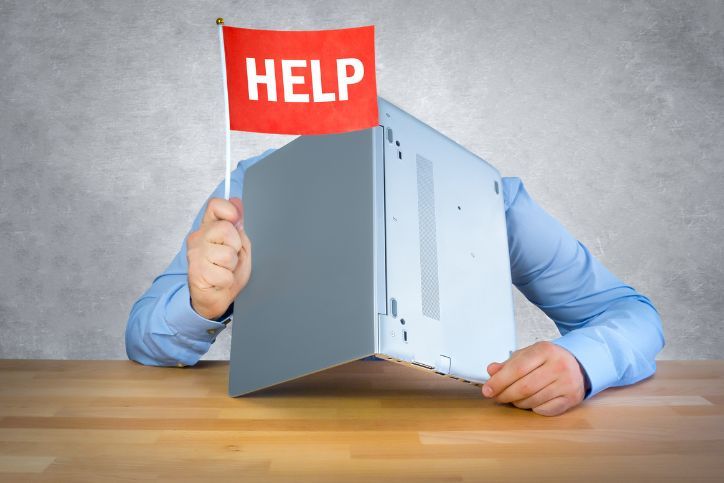Network Issues: 5 Common Problems and How to Fix Them

Has your internet been intermittent lately? Do you have a lot of devices on your wireless network, and some of them seem to ‘drop out’ from time to time? Your network equipment could be the source of the problem. Let’s take a look at some issues caused by aging, failing, or insufficiently powerful network equipment and how to resolve them.
Table of Contents
ToggleSlow Internet Over Wired Connection
If you’re like most consumers, you probably have your computer in the same room as your computer modem and router, and thus have it plugged in to the modem or router directly. This is undoubtedly the most stable way to connect, and the way to get the best speeds. But webpages that used to load in a snap are taking far longer now, and sending and receiving email has slowed down too. What’s happened? Well, there are a few things that could have gone wrong.
First, the issue could be solved by simply rebooting your modem and/or router. Unplug it/them, wait for 20 seconds, then plug back in the modem, then the router. Sometimes, these devices may ‘gather cobwebs’ in a technological sense, and a reboot will allow them to flush all the excess bits from their systems.
Secondly, the issue could just be with one or two specific webpages. To rule this out, try loading the site www.fast.com. It’s run by Netflix, and it checks your internet speed (and a few other variables), and will return a number with a set of letters after it. Keep that page up and continue reading, and I’ll show you how to interpret that number.
Thirdly, you need to look at your internet bill to find out what speed your Internet Service Provider (ISP) is charging you for, and check it against the result you just received on fast.com. This will usually be listed as a line item, such as “Cox Internet Basic 30 Mbps”. Speeds are usually measured in Mbps, or megabits per second. 10-30 Mbps is respectable, 30-50 Mbps is fast, and anything higher means you’ll not have trouble loading anything. If your speed is below 10 Mbps, you may have issues loading webpages efficiently, streaming video, or using your email. If that’s the case, or your speed is measured in Kbps, you need to start shopping for a new service provider. No consumer in an urban area should be suffering those speeds – but unfortunately, we see many rural clients with speeds that low.
Finally, the issue could be with your hardware. Your modem or router could be out of date (we see this pretty often), or the parts inside them could be reaching the end of their life. This is a harder issue for the consumer to diagnose, and we recommend having an experienced network technician take a look at your equipment.
Slow Internet Over Wireless Connection
Many of the same issues that cause slowdowns over wired connections apply with wireless connections; but there are some other circumstances that can cause slowdowns. For instance, if your house is brick-built or slump block, those walls will absorb the wireless signal from your router and severely reduce its effective range.
The first thing you should check is whether your router is centrally located relative to your wireless devices. If your router is on one end of your house and most of your devices are on the other end, your wireless signal strength will be terrible, leading to lower effective speeds and unreliability across the board.
The second thing to consider with wireless connections is if your router is sufficiently powerful to handle the amount of traffic you’re putting through it. Older routers and many routers sold for home use are insufficiently powerful to handle more than a few devices, and may even be unable of passing the full speed your ISP provides through to the rest of your devices. If you’re having issues with your wireless connection, we recommend having one of our friendly technicians come out to examine your equipment and recommend an upgrade.
Printers Offline
If you have any printers connected to your computer network, then you know that they can be an absolute nightmare in terms of connectivity. Whenever possible, we recommend that you connect your printers directly to your computer using their included usb cable. If you want to print from your phone, tablet, or from a laptop in another room, however, networking is the only option. Some issues with printer connectivity over networks can be resolved by either connecting the printer directly to the router by ethernet cable, or by forcing the printer to reconnect to the wireless network. Many other issues with printers over the network are too complex to discuss here, but rest assured, our technicians are proficient in any and all troubleshooting techniques to get your printer back online.
Poor Streaming Quality
Poor streaming quality can be a function of internet speed or wireless signal strength, but it can also be caused by other issues. If you’re only experiencing diminished quality at certain times of the day, you may be seeing a symptom of high network traffic in your area. Certain times of the day see higher network traffic than others, and if a large number of users in your area are all active at the same time, and your ISP hasn’t built sufficient capacity into their infrastructure, you’ll see slowdowns around the same time every day. Unfortunately, there’s little that can be done about that other than for you to move to a new ISP (which is something we can definitely help with you, both in choosing a plan and shopping around for the best price). Poor quality streaming could also be caused by an outdated device (for instance, an older Roku that doesn’t support 1080p video quality) or improper settings. These kinds of issues are always easier to pin down by having a technician come on site to take a look at your equipment.
Devices ‘Dropping’
Devices can often lose their wireless connection for no apparent reason. This is caused by your router not being sufficiently powerful, interference from other wireless devices, distance from the router, or obstructions between your device and the router. This kind of issue is best diagnosed by having one of our technicians examine your network environment and work to circumvent obstructions, reduce interference, and ensure that your router has a sufficiently powerful transmitter.
Don’t forget, we offer in-home and at your business networking troubleshooting to help you with all your wired and wireless network issues!
Instant Quote
Get A FREE Quote IMMEDIATELY
Other Blogs You May Be Interested In
Categories
Satisfaction Guaranteed
Computer Repair You Can Trust













